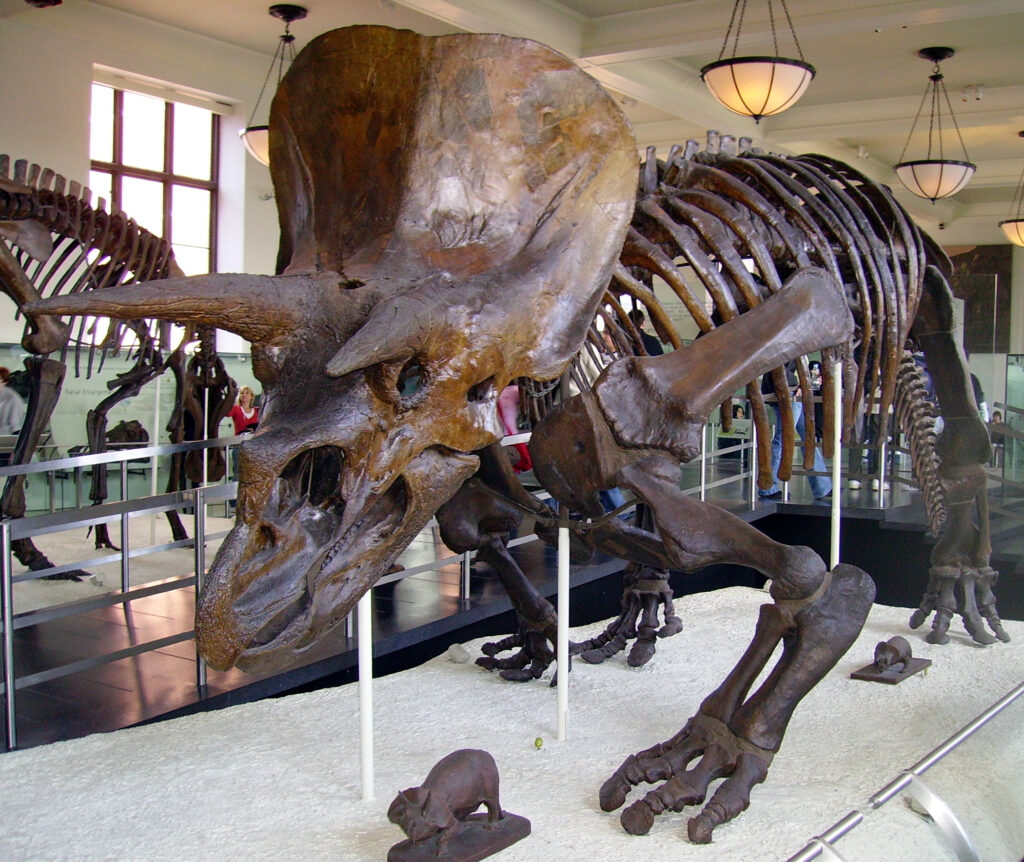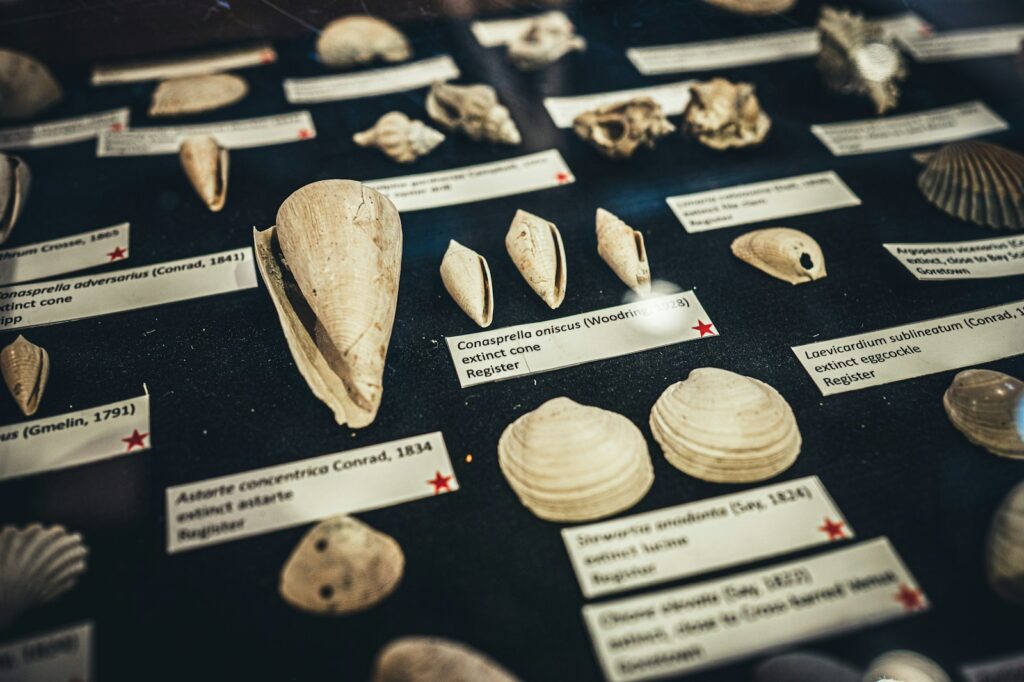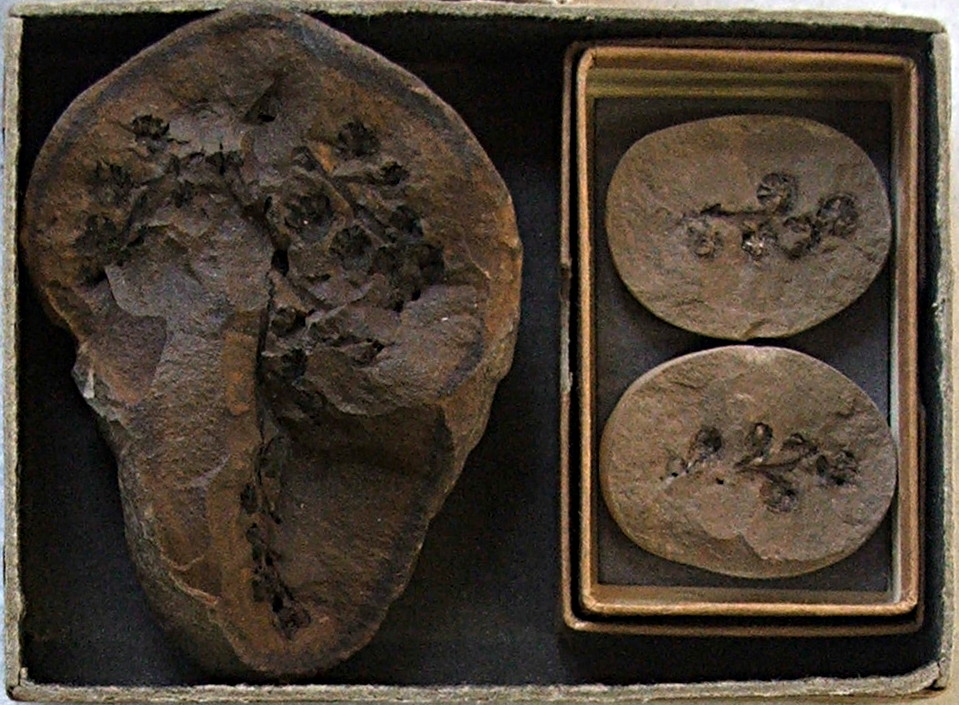In the realm of paleontology, discoveries often reshape our understanding of prehistoric life. Among these finds, fossilized eggs provide rare glimpses into dinosaur reproduction and behavior. Recently, a mysterious egg fossil has captured scientists’ attention precisely because it doesn’t align with any known dinosaur nest patterns. This anomalous specimen challenges existing classification systems and potentially offers new insights into dinosaur diversity and reproductive strategies. As researchers analyze its unique characteristics, this enigmatic egg continues to puzzle experts and may represent an entirely unknown species or nesting behavior that had previously eluded detection in the fossil record.
The Unexpected Discovery
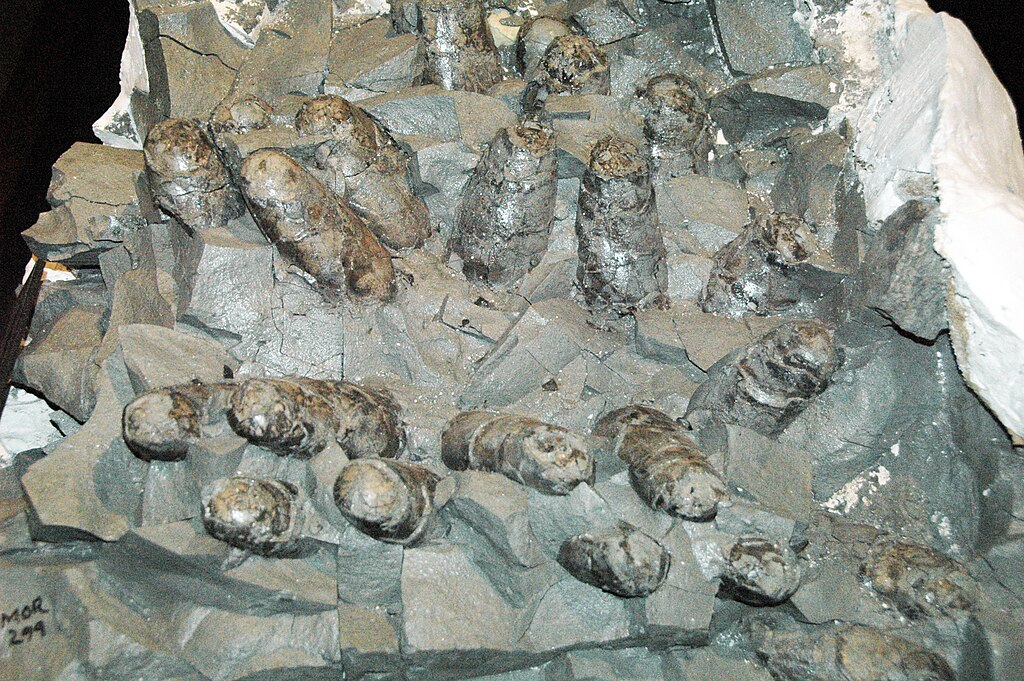
The unusual egg fossil was uncovered during a routine excavation in sedimentary rocks dating to the Late Cretaceous period, approximately 70 million years ago. Unlike typical dinosaur egg discoveries, which often occur in clusters or nests with multiple specimens, this particular egg was found in isolation with no associated nest structure. The excavation team initially believed they had simply found a displaced egg from a nearby nest, but further investigation revealed no other egg deposits in the surrounding area. The solitary nature of this find immediately raised questions among researchers, as most known dinosaur species laid multiple eggs in carefully constructed nests. The location of the discovery in what appears to have been an ancient floodplain—not a typical nesting ground for most dinosaur species—added another layer of mystery to this paleontological puzzle.
Unusual Physical Characteristics
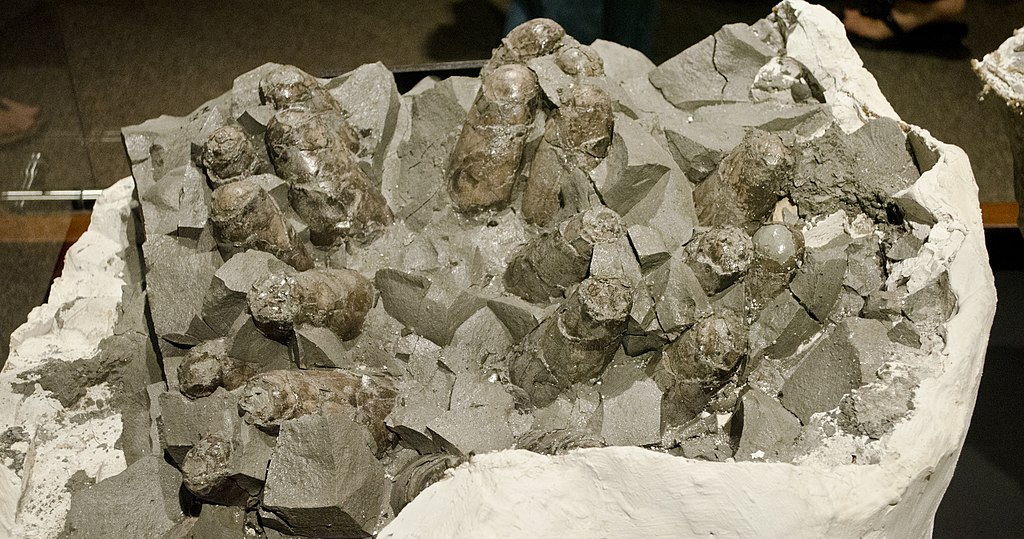
Upon closer examination, the egg’s physical properties proved equally perplexing. Measuring approximately 20 centimeters in length, the egg falls within the size range of medium theropod dinosaurs, but its shape defies conventional categories. Most dinosaur eggs display either a symmetrically oval form (common in sauropods) or an elongated, asymmetrical shape (typical of theropods). This specimen, however, exhibits an irregular contour with a slightly pointed end and an unusually thick shell layer compared to other eggs from the same time period. The microstructure of the shell, revealed through scanning electron microscopy, displays a unique crystalline pattern not previously documented in any known dinosaur egg family. These distinctive physical characteristics have left paleontologists struggling to place the egg within existing taxonomic frameworks, suggesting it may represent either an undiscovered dinosaur species or a highly unusual adaptation in a known species.
Analytical Challenges in Classification
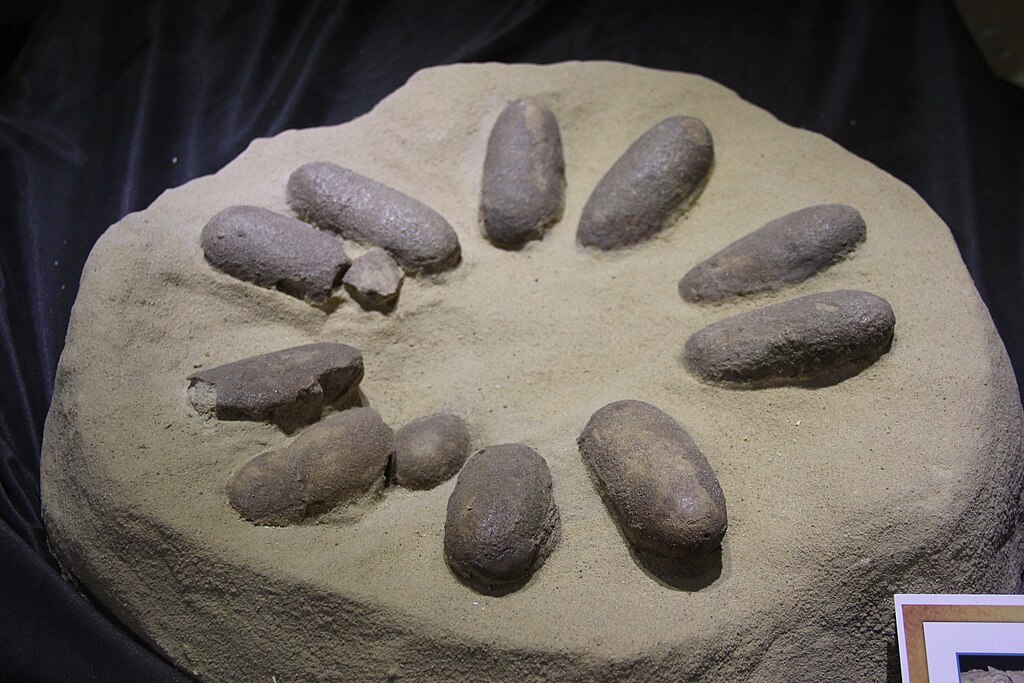
Classifying this anomalous egg presents significant challenges for researchers. Traditional methods of dinosaur egg classification rely heavily on shell microstructure, pore patterns, and nest arrangement—all of which appear atypical in this specimen. Paleontologists typically use a classification system called “oofamilies” (egg families) to categorize fossilized eggs, with designations such as Spheroolithidae for sauropod eggs or Elongatoolithidae for theropod eggs. However, this particular egg shares characteristics across multiple oofamilies while also exhibiting features that don’t align with any established category. Advanced imaging techniques, including CT scanning and polarized light microscopy, have been employed to analyze the internal structure and composition of the shell, but results remain inconclusive. The challenges in classification highlight the limitations of current taxonomic systems when faced with truly novel specimens and underscore how much remains unknown about dinosaur reproductive diversity.
Geological Context Provides Few Clues

The geological setting of the egg discovery offers limited insights into its origins. The specimen was recovered from a sedimentary layer rich in siltstone and fine sandstone, suggesting deposition in a low-energy environment such as a floodplain or lake margin. Surrounding fossils include plant remains typical of a mixed conifer-angiosperm forest ecosystem and fragmentary remains of small vertebrates, including lizards and early mammals. Notably absent are any dinosaur skeletal remains that might be associated with the egg-layer. The sedimentary context indicates a warm, seasonally wet climate during the Late Cretaceous in this region, but provides few specific clues about which dinosaur species might have inhabited the area. Paleoenvironmental reconstruction suggests a mosaic habitat that could have supported various dinosaur groups, further complicating efforts to identify the egg’s parent species. The lack of associated nesting materials or evidence of incubation behavior removes another potential avenue for identification.
Solitary Egg Hypothesis

One intriguing theory emerging from this discovery is the possibility that some dinosaur species may have employed solitary egg-laying strategies, contrary to the communal nesting behaviors documented in most known species. This hypothesis suggests the egg may represent a reproductive approach more similar to modern reptiles like some turtles or crocodilians, which sometimes deposit eggs individually in opportunistic locations. Such behavior would be highly unusual among dinosaurs, where collective nesting appears to have been the dominant strategy based on fossil evidence. If confirmed, a solitary laying pattern would require significant reconsideration of parental investment and reproductive strategies in certain dinosaur lineages. This hypothesis gains some support from the egg’s location in what appears to have been a marginal habitat for nesting, possibly indicating an opportunistic laying strategy rather than the careful nest construction observed in most dinosaur species. However, researchers caution that the solitary nature of the find could also result from taphonomic processes—the egg might have been separated from its original nest through geological or environmental processes before fossilization.
Embryonic Remains: A Missing Piece

Perhaps the most significant challenge in identifying this egg’s origins is the absence of well-preserved embryonic remains inside. In many dinosaur egg discoveries, fossilized embryos provide crucial information for determining the species that laid the egg. Unfortunately, CT scans of this specimen reveal only fragmentary embryonic material, insufficient for definitive identification. The partial embryonic remains present show some skeletal elements consistent with theropod dinosaurs, including what appears to be a portion of a developing limb bone. However, the fragmentary nature of these remains prevents researchers from identifying specific diagnostic features that would place the embryo within a particular dinosaur family. The preservation conditions that created this fossil appear to have favored the mineralization of the shell while providing less optimal conditions for the preservation of the more delicate embryonic tissues. This preservation bias is not uncommon in paleontology but represents a significant obstacle in resolving the mystery of this particular specimen.
Comparison with Modern Analogues

Looking to modern relatives of dinosaurs provides some comparative context for understanding this unusual egg. Birds, as direct descendants of theropod dinosaurs, display a wide range of egg-laying behaviors, from colonial nesters to solitary layers. Some ground-nesting birds, for example, lay eggs in simple scrapes with minimal nest construction, which could potentially parallel the taphonomic signature of this fossil find. Similarly, crocodilians—the other major extant archosaur group related to dinosaurs—demonstrate diverse nesting strategies, including both mound-building and hole-nesting behaviors. The shell thickness of the mysterious egg appears proportionally greater than most avian eggs but comparable to some large reptile eggs, potentially suggesting environmental adaptations for moisture regulation or predator defense. Comparative analyses with both avian and reptilian egg microstructures reveal that while the fossil shares some characteristics with both groups, it maintains distinctive features that set it apart from any modern analogue. This comparative approach highlights the unique nature of the specimen while placing it within the broader evolutionary context of archosaur reproductive strategies.
New Species or Aberrant Individual?

A central question emerging from this discovery is whether the egg represents an entirely unknown dinosaur species or simply an unusual specimen from a known species. Paleontologists remain divided on this issue, with evidence supporting both possibilities. Those favoring the new species hypothesis point to the egg’s distinctive shell microstructure and unusual morphology, arguing that these features represent adaptations specific to a previously undocumented dinosaur lineage. Conversely, other researchers suggest the egg might represent an aberrant individual—perhaps a pathological specimen from a known species that developed abnormally or was laid under unusual circumstances. Without additional specimens sharing similar characteristics or more complete embryonic material, resolving this debate remains challenging. The possibility also exists that the egg represents a transitional form between established taxonomic groups, potentially illuminating evolutionary relationships between different dinosaur lineages. Until more complete evidence emerges, both hypotheses remain viable explanations for this paleontological anomaly.
Advanced Imaging Techniques Reveal Hidden Details
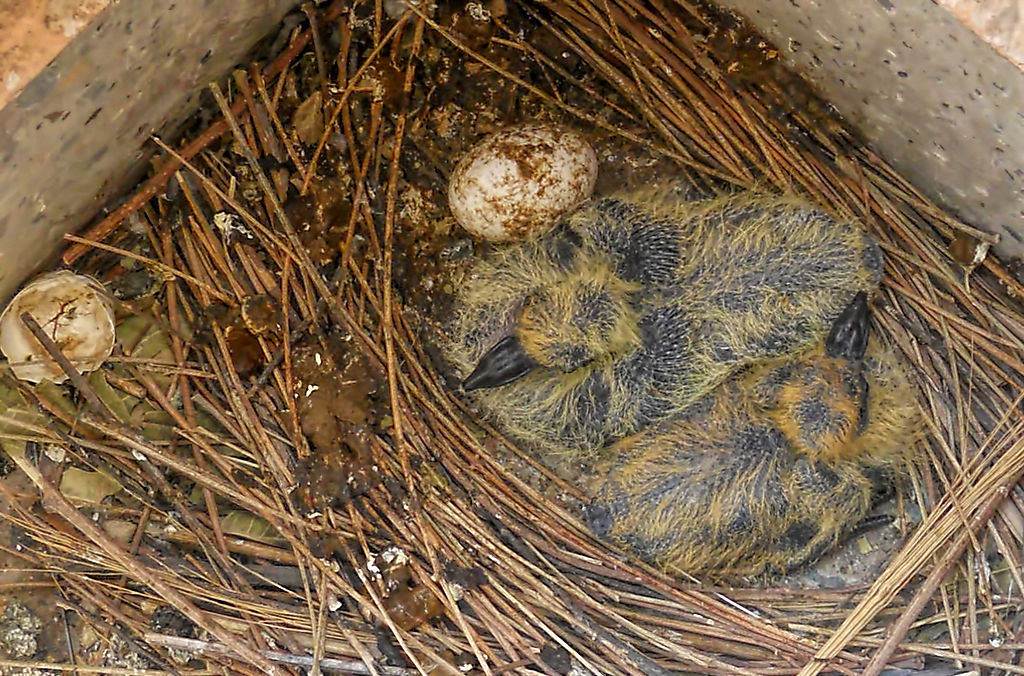
Cutting-edge technological approaches have provided new insights into this mysterious egg despite the limitations of traditional analysis methods. Synchrotron radiation micro-CT scanning, which utilizes high-energy X-rays from particle accelerators, has revealed previously undetectable features within the egg’s internal structure. This technique has identified minute calcite formations within the shell that suggest unusual mineralization processes during the egg’s formation. Additionally, trace element analysis using X-ray fluorescence has detected elevated levels of certain minerals compared to typical dinosaur eggs, potentially indicating adaptation to specific environmental conditions or dietary differences in the parent animal. Three-dimensional digital reconstructions created from these scans allow researchers to examine the egg’s morphology with unprecedented precision, revealing subtle contours and thickness variations that may represent adaptive features. These advanced techniques, while not yet providing definitive answers about the egg’s origins, have established a comprehensive dataset that may prove crucial as comparative specimens potentially emerge in future discoveries.
Implications for Understanding Dinosaur Diversity

The significance of this egg extends beyond the immediate mystery of its origin, potentially reshaping our understanding of dinosaur reproductive diversity during the Late Cretaceous. This period, immediately preceding the end-Cretaceous extinction event, saw remarkable dinosaur diversification in many lineages. The discovery suggests that reproductive strategies may have been more varied than previously documented, with some species potentially evolving specialized egg-laying behaviors in response to ecological pressures. If confirmed as representing a novel species, this finding would add another piece to the increasingly complex picture of dinosaur communities just before their extinction. The unique characteristics of this egg might reflect evolutionary experiments in reproductive strategy during a time of changing environments and intense competition. Alternatively, if the egg represents an undocumented reproductive behavior in a known species, it expands our understanding of behavioral plasticity in dinosaurs. Either interpretation challenges the completeness of current dinosaur phylogenies and highlights how single, anomalous specimens can sometimes provide disproportionate insights into prehistoric biodiversity.
Preservation Miracle: How Did It Survive?

The exceptional preservation of this solitary egg represents a remarkable taphonomic case study in itself. Dinosaur eggs typically require specific conditions to fossilize intact, including rapid burial to prevent scavenging or weathering. The isolated nature of this specimen raises questions about how it avoided destruction in an environment where preservation of single eggs rarely occurs. Sedimentological analysis suggests the egg may have been quickly covered by fine sediment during a flooding event, creating anaerobic conditions that prevented bacterial decomposition of the shell structure. The absence of predation marks or scavenging damage indicates the egg was either buried very shortly after being laid or deposited in a location temporarily inaccessible to potential egg predators. The exceptional mineralization of the shell matrix, with minimal crushing or distortion despite millions of years of geological processes, suggests a unique combination of chemical conditions in the surrounding sediment. Understanding these preservation factors not only helps explain this particular fossil’s survival but may guide future excavations targeting similar preservation environments that could yield additional unusual specimens.
Future Research Directions

The mystery surrounding this anomalous egg has spawned several promising research avenues that may eventually resolve its origins. Paleontologists are planning targeted excavations in equivalent geological formations hoping to discover additional specimens with similar characteristics. Meanwhile, comprehensive comparative analyses with newly discovered egg fossils from other regions may reveal previously unrecognized patterns that could place this specimen within a broader taxonomic context. Advances in molecular paleontology offer another promising approach, as techniques for extracting and analyzing preserved organic compounds from fossils continue to improve. Even minute traces of original proteins or lipids preserved within the egg shell could potentially provide crucial molecular signatures for taxonomic identification. Additionally, the creation of a standardized database of dinosaur egg microstructures using consistent imaging and analytical protocols would facilitate more accurate comparisons across specimens. As these research efforts progress, this enigmatic egg will remain a valuable reference point—a tangible reminder of how much remains to be discovered about dinosaur reproductive biology and the limitations of our current classification systems.
Conclusion: The Value of Paleontological Puzzles
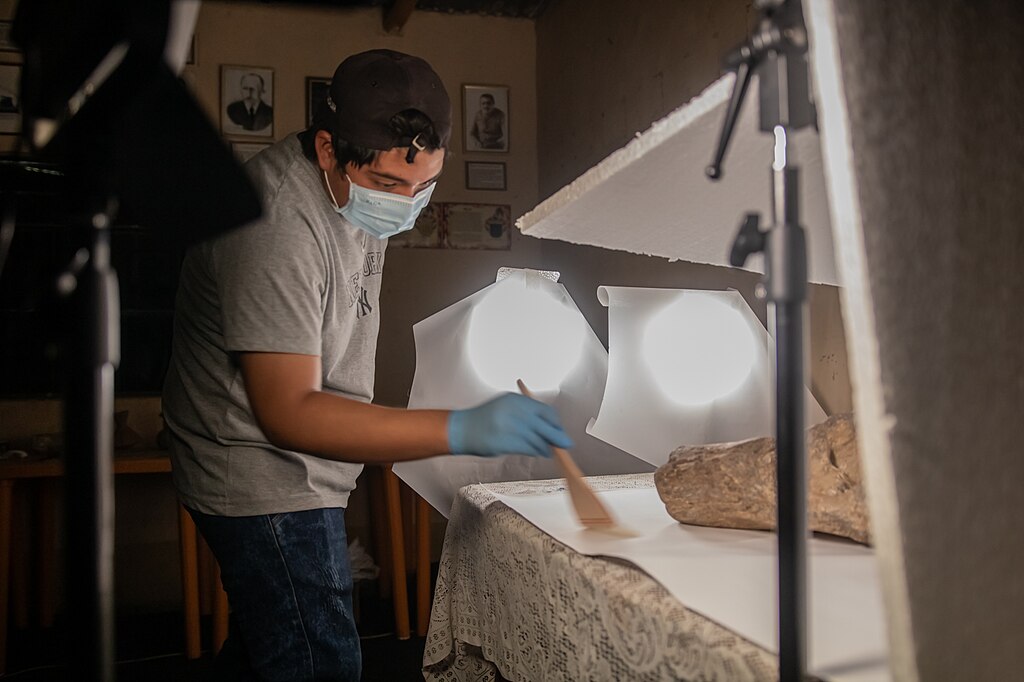
This mysterious dinosaur egg, defying categorization within known nesting patterns, exemplifies the ongoing nature of paleontological discovery and interpretation. While frustrating from a classification perspective, such anomalous fossils play a crucial role in advancing our understanding of prehistoric life by challenging existing paradigms and highlighting gaps in our knowledge. The egg’s unique characteristics—from its solitary context to its unusual microstructure—remind us that the fossil record captures only fragments of past biodiversity, with countless evolutionary experiments likely lost to time. As research continues, this specimen may eventually find its taxonomic home, but its greatest value may lie in the questions it raises rather than the answers it provides. By forcing paleontologists to reconsider established theories about dinosaur reproduction and nesting behavior, this enigmatic egg demonstrates how single specimens can sometimes drive scientific progress as effectively as more complete fossil assemblages. Whatever its ultimate identification, this fossil has already succeeded in expanding the boundaries of what we know—and what we know we don’t know—about the reproductive lives of dinosaurs.


